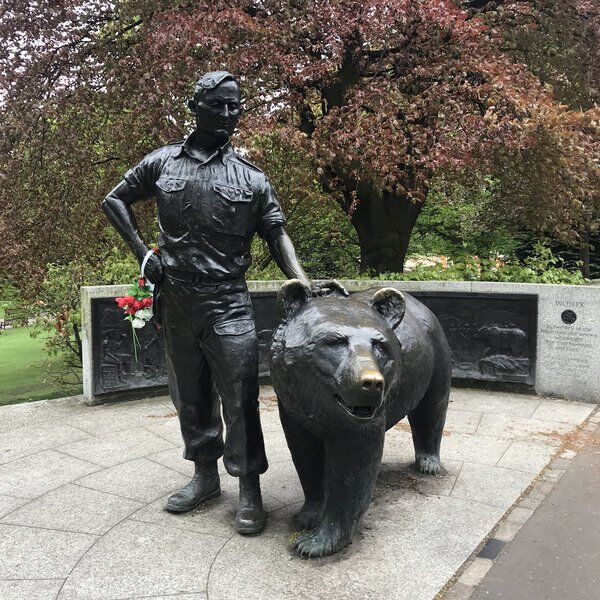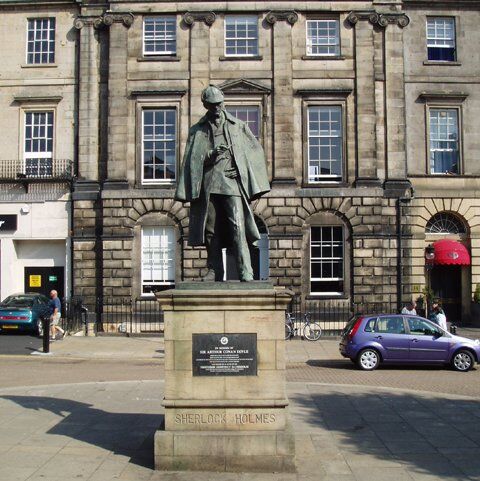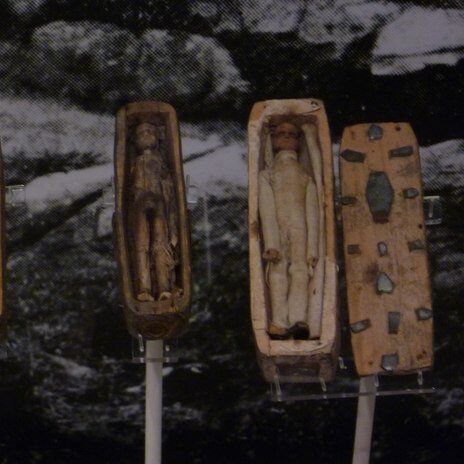
Why was the Nelson Monument built?
The Nelson Monument, designed by Robert Burn to look like an upturned telescope, is a commemoration to the Admiral Lord. Nelson was slain in the Battle of Trafalgar in 1805, but not before leading the Royal Navy to victory over the French and Spanish fleets.
To the memory of Vice-Admiral Horatio Lord Viscount Nelson, and of the great victory of Trafalgar, too dearly purchased with his blood, the grateful citizens of Edinburgh have erected this monument: not to express their unavailing sorrow for his death; nor yet to celebrate this matchless glories of his life; but, by his noble example, to teach their sons to emulate what they admire, and, like him, when duty requires it, to die for their country.

When news of Nelson’s death reached Edinburgh, a group of supporters began raising funds for a monument to honour his legacy. Subsequent construction began in 1807 but due to the slow nature of the fundraising, it was not complete until 1816. Public access was available straight away, but admission would cost visitors a small fee.
Situated high up on Calton Hill, the Monument is possibly the best place in Edinburgh to take in glorious views of the city and beyond. Despite its obviousness as a striking building with an overarching historical emphasis, the Nelson Monument also had an important practical function to perform.
The Time Ball at the Nelson Monument
Initially, the Monument’s positioning made it useful for sending messages across the city. But it wasn’t until the installation of a time ball at the top of the tower in 1853 that the Nelson Monument took on its new, important purpose in history. The installation was carried out by James Ritchie & Son Clockmakers, who are still employed by the City Council to maintain and operate the mechanism today.

The time ball was the brainchild of Scotland’s Astronomer Royal, Professor Charles Piazzi Smith, who intended it to be an aid to ships moored in the Firth of Forth. The wooden ball covered in zinc was connected to the reliable clock in the nearby City Observatory by an underground wire and was programmed to drop at exactly one o’clock each day. This allowed captains to set their chronometers and correctly calculate their longitude at sea.
Before the time ball shiphands had to venture up Calton Hill to align their clocks with the Observatory’s clock. Aside from being time consuming, this posed several risks to the accuracy of the time, so the time ball became a very handy invention.
The Nelson Monument's One O'Clock Gun
Unfortunately, the time ball had one major flaw; if the weather was poor and visibility was limited, it could not be seen. Consequently, it was determined that an audible signal must accompany the physical drop.
In 1861 the One O’Clock Gun was introduced at Edinburgh Castle. It was connected to the time ball by a wire, which ran across the city, and fired automatically upon the ball’s drop.

Restoring the Nelson Monument’s Time Ball
For 150 years the time ball operated successfully until it was damaged by a storm in 2007. Two years later the Nelson Monument, as part of a Twelve Monument Project initiated by the Edinburgh City Council and Edinburgh World Heritage, was restored. Funding came from private donors and the Heritage Lottery Fund and allowed the time ball to be carefully removed for restoration.
The restoration was conducted by a specialist who used only traditional materials to ensure preservation of as much of the original time ball as was possible.
Thanks to the restoration, the time ball continues to drop almost daily. And even though it is no longer required to aid ship navigation, the ritual drop – along with the gun from Edinburgh Castle – has become an eccentric part of Edinburgh culture.
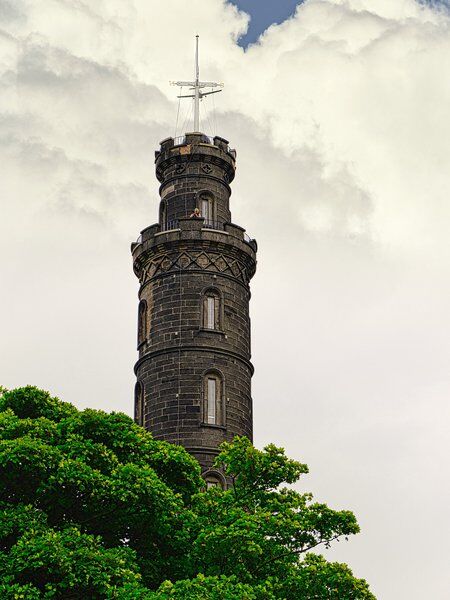
What else is there to see at the Nelson Monument?
Those who brave the 147 steps up to the elevated platform, at the top of Nelson’s Monument, will be rewarded with a beautiful panoramic view of Edinburgh. Keep an eye out for the Scottish Parliament, Edinburgh Castle, Arthur’s Seat, Berwick Law, Bass Rock, Salisbury Crags and Princes Street Gardens.
At the base of the Monument is a museum, which hosts a range of exhibitions. A life-sized wooden carving of a 19th century sailor using a sextant is one of the best objects on display. Other exhibits pay tribute to Scotland’s important Merchant Navy and the ongoing work of the Northern Lighthouse Board.
Aligning with the bicentenary of the birth of Charles Piazzi Smith in 2019, a recent exhibition explored the life of the remarkable man who, via his work atop Calton Hill, redefined astronomy in his own vision.
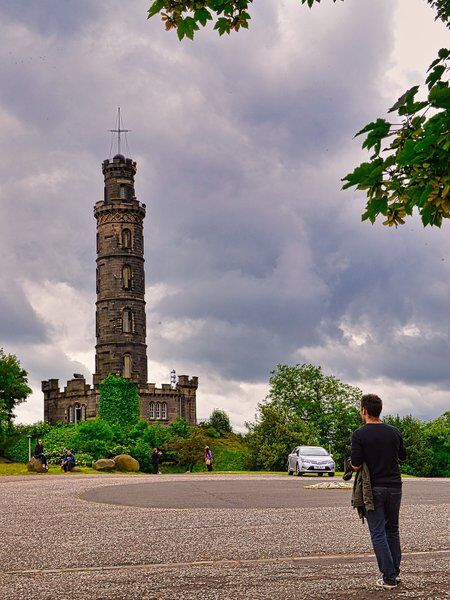
Interested in finding more places like this? Try one of our Scavenger Hunts in Edinburgh - untangle cryptic clues as a team, as you are taken on a journey to the most unique, unusual and bizarre corners of Edinburgh.
Or check out our blog to discover other famous monuments across Edinburgh.








